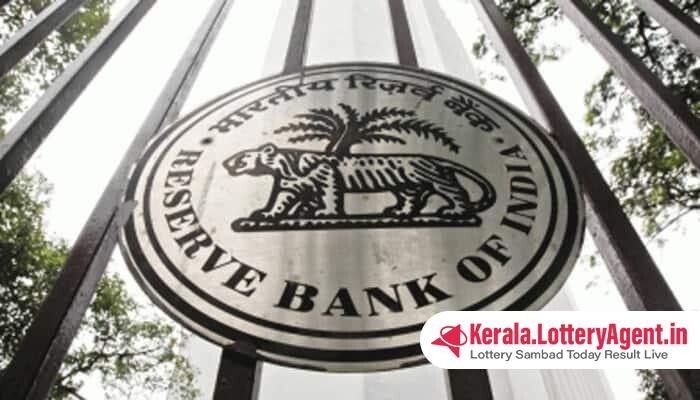
In the bustling financial hub of Mumbai, recent developments have seen India’s economic growth surpass expectations, with global financial experts such as the International Monetary Fund (IMF) revising their outlook favorably. A publication released by the Reserve Bank of India (RBI) on Tuesday highlights six pivotal factors that are poised to thrust the nation into the position of the world’s third-largest economy.
Currently, when measured by purchasing power parity (PPP), India’s economy stands as the third-largest globally. Citing the Organisation for Economic Cooperation and Development’s (OECD) December 2023 update, the RBI bulletin indicates that India is on track to surpass the United States by 2045 in PPP terms, thereby becoming the world’s second-largest economy.
The bulletin identifies the “tailwinds likely to power India’s take-off.” Here are the critical factors contributing to India’s potential economic ascent:
Firstly, we look at the demographics. India boasts the largest and youngest population on the planet, with a median age of about 28 years. Signs of an aging population will not be apparent until the mid-2050s, providing a window of over three decades for India to reap the benefits of its demographic dividend. This bonus comes from a rising rate of working-age individuals coupled with increased labor force participation — a stark difference in a world grappling with aging populations.
Historically, India’s economic growth has been underpinned by domestic resources, with external savings playing a modest supplemental role. This has manifested in the nation’s current account deficit (CAD), which remains within a sustainable threshold of approximately 2.5% of GDP. At present, the average CAD is around 1%, linked to multiple signs of external sector resilience, such as external debt being below 20% of GDP and net international investment liabilities below 12%.
Post-COVID pandemic measures have led to a cautious path of fiscal consolidation, bringing the general government deficit to 8.6% of GDP and public debt to 81.6% as of March 2024. Projections using a dynamic stochastic general equilibrium (DSGE) model suggest that redirecting fiscal expenditure towards productive, employment-generating sectors and investing in digitalization may reduce general government debt to 73.4% of GDP by 2030-31. This is in contrast to the IMF’s projection of a debt-to-GDP ratio increase for advanced economies to 116.3% and 75.4% for emerging and middle-income countries by 2028.
The Indian financial sector, predominantly bank-based, has emerged stronger from a period of stress spurred by the global financial crisis. Asset quality review (AQR) implemented in 2015-2016 and substantial recapitalization between 2017-2022 have culminated in positive outcomes. By March 2023, gross and net non-performing assets ratios have decreased to 3.9% and 1%, respectively, all while maintaining robust capital buffers and liquidity coverage ratios well above 100%. The Insolvency and Bankruptcy Code (IBC) has established a conducive framework for managing banks’ balance sheet stress, underpinning macroeconomic and financial stability that underlies medium-term growth potentials.
Technological advancements also play a vital role in India’s economic transformation. The synergies of JAM – Jan Dhan Yojana (basic banking accounts), Aadhaar (unique identification numbers), and mobile phone connections – have widened the scope of formal finance, propelled tech startups, and enhanced the precision of direct benefit transfers. The Unified Payments Interface (UPI) system, integrating multiple bank accounts into a single mobile application for participating banks, facilitates seamless inter-bank and person-centric transactions.
Lastly, the bulletin notes that inflation in India is easing after initial spikes due to supply shocks from the pandemic, adverse weather impacts on food prices, supply chain disruptions, and global commodity price surges in light of the Russia-Ukraine conflict.
In summary, these factors – demographic advantage, reliance on domestic resources, steady fiscal management, a fortified banking sector, a technological revolution, and moderating inflation – present a strong case for India’s trajectory toward significant economic prominence on the global stage. The foundation laid today bodes well for medium-term growth prospects, setting the stage for a vibrant Indian economy in the years to come.












